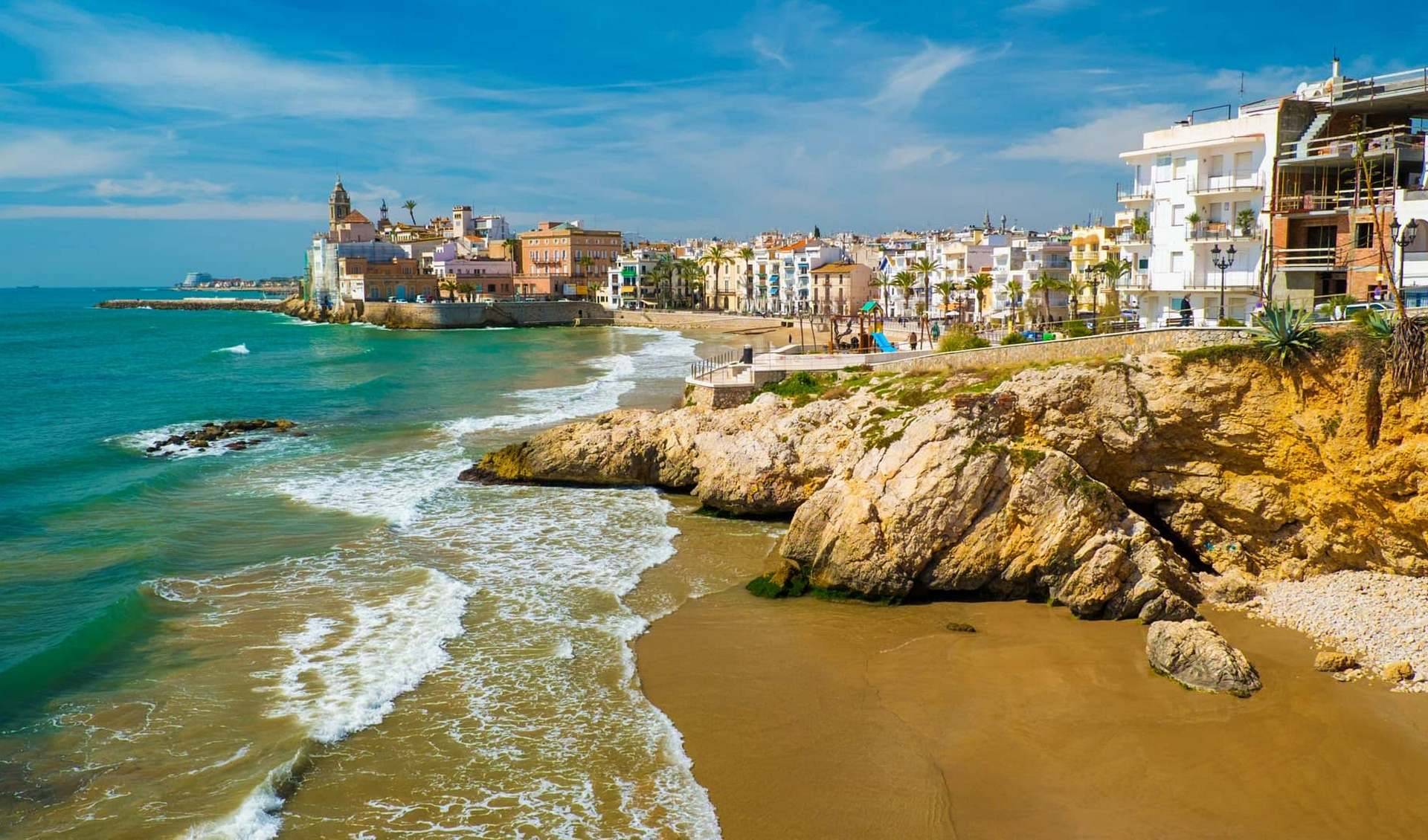The Costa Dorada in July meets the expectations of those looking for new experiences. Tourists and locals appreciate the time spent here: the level of satisfaction with holidays on the coast is higher than in the rest of mainland Spain.
The Gold Coast is a beautiful natural landscape, diverse culture, and a pleasant climate that allows you to enjoy yourself day and night. It is an ideal place for family holidays with an infrastructure adapted to the needs of children. Not without reason, the resorts of Salou, Cambrils, La Pineda, Calafell and others are certified as family tourism destinations. Further, read what to do at the peak of the tourist season on the Costa Dorada in the article from Kidpassage.
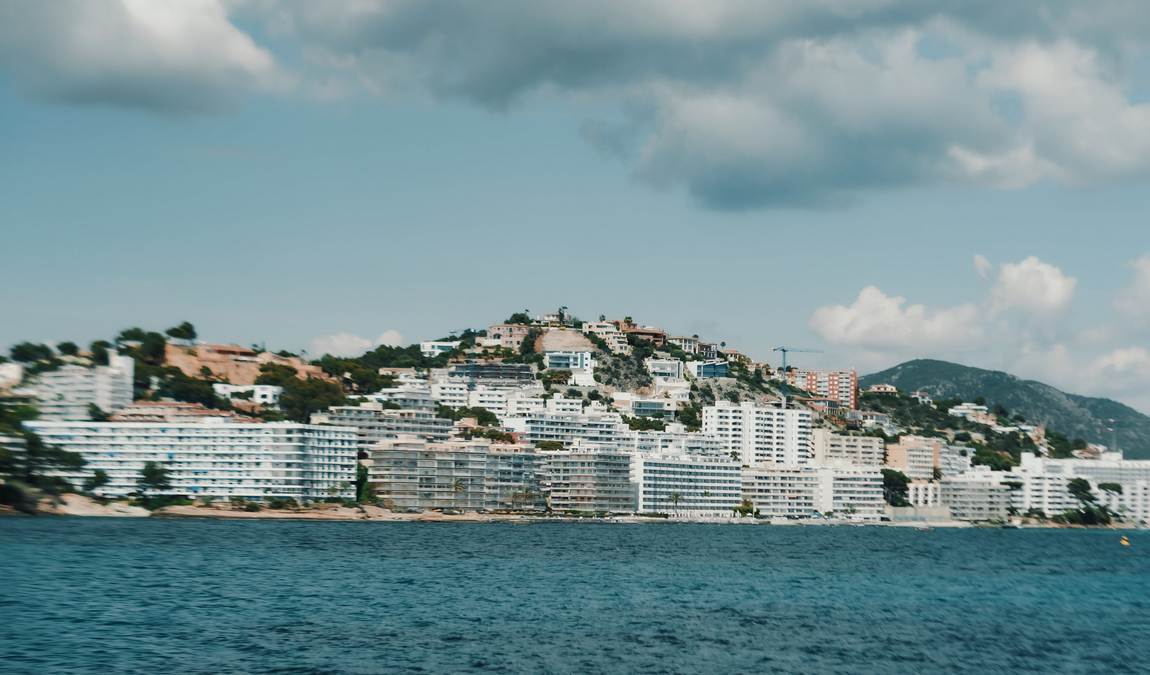
Photo: pexels.com
Holidays on the Costa Dorada in July: pros and cons
The Costa Dorada is known as a good holiday destination for families who enjoy spending their school holidays by the sea. The most lively (and noisy) holidays await tourists in Salou, where there are no impressive sights but a significantly developed entertainment industry designed to meet the needs of all ages. Half of all holidaymakers are Spaniards themselves, followed by the French, British, Germans and other nationalities.
Due to the popularity of Costa Dorada as a tourist destination, there are plenty of accommodation options, from hotels, apartments to campsites. Camping is very popular because of the excellent weather and seaside location: almost three times as many people live in them as in private apartments. For a good family holiday, three- and four-star hotels are suitable, offering a decent level of service, children's and adult animation.
Although crowded with tourists, the beach holiday spots are neat and clean because the public utilities work on them daily. The only disadvantage of Costa Dorada is that there are few green areas to hide from the sun.
Let's highlight the following pros of the holiday:
- the sea warms up to high temperatures;
- clear, sunny, dry weather;
- long daylight hours;
- a wide range of entertainment;
- outdoor festivals and holidays are constantly organised;
- a wide selection of fresh seasonal fruits;
- peak beach and water activities season.
The cons below are constant companions of the high tourist season and summer weather:
- extremely high tourist congestion of amusement parks, a large number of people on the beaches;
- high price level;
- long summer siesta;
- increased solar activity;
- due to the heat, sightseeing tours can become uncomfortable.
In this region, according to reviews, there are cities where it is pleasant to relax and have fun, not just to see the sights. The resorts of Salou and La Pineda are the most suitable for this purpose. In addition to comfort, there are reasonable prices for accommodation and meals. Reviews about holidays on the Costa Dorada in July from families with children are full of positive emotions from the sea, beaches, parks, and the local atmosphere.
Weather in Costa Dorada in July
The weather in July is typical for Tarragona's dry and hot summer. There is a minimum amount of precipitation, high day and night air temperatures, clear and sunny days. In August, it gets even hotter, but the likelihood of summer thunderstorms increases. The temperature of the water in the sea reaches its maximum.
The weather in early July meets travellers with moderate heat and cloudiness. A light wind blows from the south or east. During the day, the temperature on the Costa Dorada in mid-July rises to +31 ° C. Nights colder than +22 °C are extremely rare.
At the end of July, the weather on Costa Dorada maintains the established trend at the beginning of the month that everything is still hot, dry, and cloudy. There may be a single thunderstorm at night.
Air and sea water temperature
The temperature in Costa Daurada in July stays above +27 °C during the whole month. The upper-temperature extreme for this month is +36 °C. The Mediterranean climate of the coast in summer is characterised not only by high temperatures but also by high levels of humidity. The Pyrenees and the Catalan Mountains protect Costa Daurada from the intrusion of solid winds and cyclones.
Air temperature in Costa Dorada in July
The average air temperature in the coastal resorts was +28.4...29.7 °C during the day and +21.1...22.4 °C at night. Half of the days of the month show temperatures above +30 °C at midday.
Sea temperature in Costa Dorada in July
The average water temperature of the Balearic Sea in the resorts of the Costa Dorada in July is + 24.3 ... 25.6 ° C. Best of all, the sea warms up in the resort of Peniscola, half a degree colder in Salou, Cambrils, Reus, La Pineda, Tarragona.
Precipitation
July is one of the driest months of the year. Depending on the city, the average rainfall varies in the range of 17.6–31.4 mm, which guarantees one to two rainy days.
Sunny, cloudy and overcast days
For three weeks of the month, the sky of Spain is cloudy, and for another week, it is clear. Overcast is extremely rare, and travellers enjoy fine days. The average daily hours when direct sunlight reaches the earth's surface exceeds 14.
Beach holidays
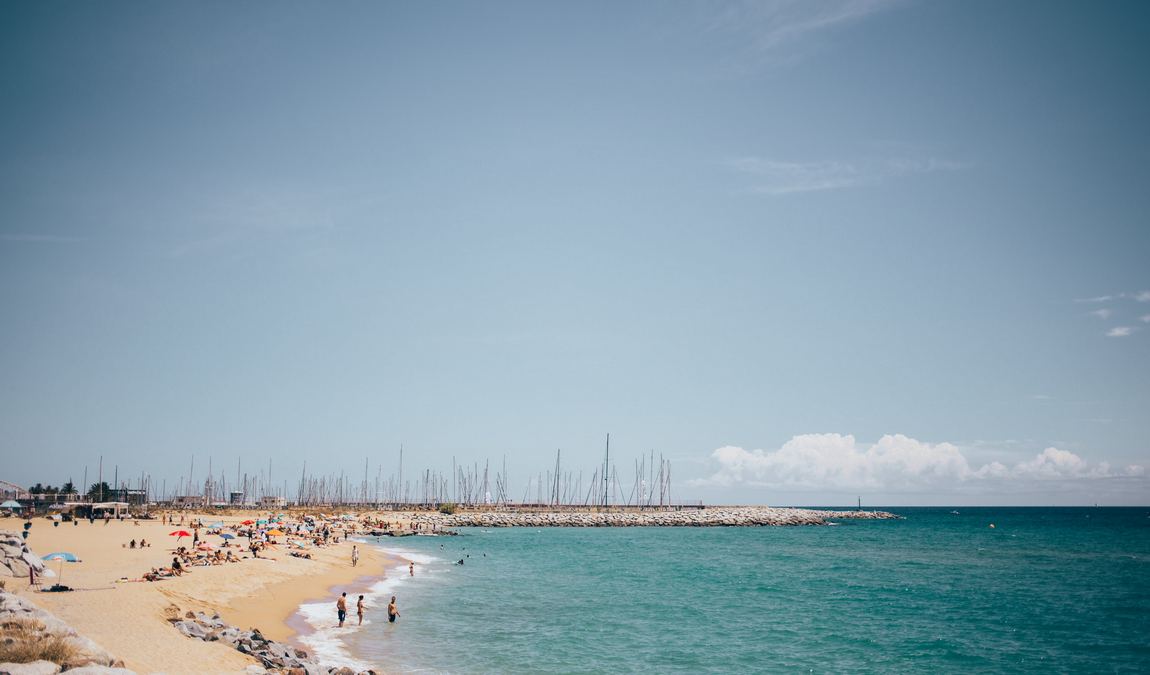
Photo: shopify.com
The swimming season on the Costa Dorada in July is in full swing, and the coast is always crowded with holidaymakers. The beaches in the major resort towns of Salou, Tarragona and La Pineda are broad, long, and primarily public, with all the amenities Europe offers.
There are children's and sports grounds, marine water parks, and green spaces that provide shade. Service is absent on small secluded beaches, where cars can not approach, and on the territories for nudists.
In mid and late summer, the sea warms up best, so you can swim for a long time. In early July, the water can still be cool in the morning hours, and in some places, underwater currents change the temperature of the water, so it is sometimes worth walking along the beach in search of a better spot.
Mid-July marks the start of the golden time for beach holidays, which will last for about two months.
A gentle slope to the sea and broad enough shallow coastal waters are suitable for holidays with children, and the rolling waves do not pick up stones from the bottom, as happens on stony coasts. Soft, clean, scattering golden sand is perfect for children's creativity.
Sometimes the sea has big waves and wind, but everything returns normal. After a past storm, the water can cool down considerably or you can notice the "bloom" of water (rapid development of algae and cyanobacteria). During the hottest hours (from 13:00 to 16:00), being on the beach in the sunlight is tough, so tourists leave or hide in the shade.
For this purpose, you can buy or rent a beach umbrella, but without sunscreen, you should not go outside at all. In the evenings, the neon lights of beach bars create a romantic atmosphere against the backdrop of the sunset.
Active holidays
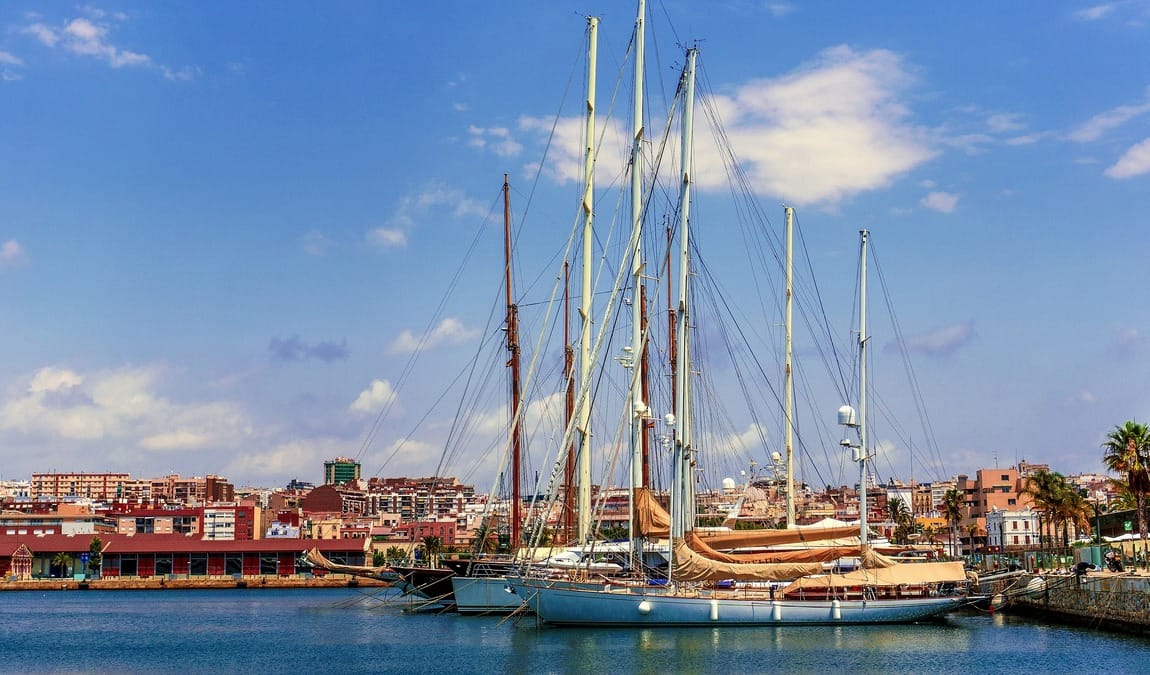
Photo: pixabay.com
The water stations of the Costa Dorada provide opportunities for practising various water sports along the entire coastline with a length of more than 90 km. Among them are paddle surfing, catamarans, sailboats, water skiing and diving.
The richness of the underwater life of the Mediterranean Sea is best revealed in May, June, September and October. Still, the vast number of shipwrecks in the Tarragona Submarine Park attracts divers all year round.
In summer, the Costa Dorada, with its small waves, is suitable for families wanting to teach their children how to surf. The natural waves come here in the winter, from October to April. Sea kayaking is practised in the calm waters of the Costa Dorada (Salou, Cambrils). Adventure sports (rock climbing, canyoning, rafting, horse riding, riding, quad biking tours) are in great demand due to the mountains and hills.
Two in one — a water park and amusement park — is the famous Port Aventura, where all tourists travelling to the south and east of Spain rush to. During the "White Nights" on some summer Saturdays, the park is transformed: traditional attractions are added, thematic show programmes and bright fireworks. Aquapark and dolphinarium unite Aquopolis — the habitat of dolphins and sea lions. In Salou, you can find the rope park for beginners, Bosque Aventura, and in Cambrils, the great Jumpland.
Tour holidays

Photo: pixabay.com
The area that forms part of the coastline of the province of Tarragona has been influenced by Iberian, Roman, Muslim, Jewish and Christian cultures. This is reflected in historical monuments such as the Roman Tarracon (now Tarragona), the monasteries of Cistercian Monastic Order, the modernist buildings of Reus and other towns along the coast, and the Cartesian monastery of Scala in the Priorat region.
When choosing to tour museums and monasteries during the summer, expect to be unable to get there during the day due to the famous Spanish siesta. In addition, some monasteries have bans on free entrance (without a guide). In the midday hours of July, heat in urban conditions bothers excursionists and guides: hot stones and open squares, excavations, and amphitheatres do not protect from overheating. To avoid dehydration, you can drink water from public drinking fountains.
The Ebro Delta, the second largest delta in the Western Mediterranean, is no different. There are fresh and saltwater lagoons, spectacular dunes, spacious bays and stretches of coastal forests. A trip to the surrounding area can be combined with a boat trip to see the river merge with the sea.
Cool caves and gorges can be reached by hiking trails in the Montsant and Prad mountains. Nature is characterised by its scenic beauty and a wide variety of flora and fauna. The routes are signposted, and maps and booklets have been created, but hikers must be physically fit and have the necessary equipment for travelling through the mountains.
Mountain villages are full of visitors in summer: cafes and car parks are busy, and queues gather at Christian shrines. When tourists who can't stand the intense heat leave the resorts at the end of July, queues for excursion sites can become smaller.
Children's itineraries in Tarragona can be diversified by visiting such places as:
- Aqualeon Water Park
- Harbour Museum
- Museum of Modern Art
Holidays, events and festivals
Holidays on the Costa Dorada in July maintain the Spanish tradition of an unbroken cycle of spectacle and merriment, whether the occasion is a religious date, an old legend, food or nature itself.
Local fishermen celebrate their professional holiday in early July and honour St Peter (commemoration day is 29 June). Habanera festivals, folklore and gastronomic events occur on the coast, and long-standing traditions such as casting St Peter's nets are reproduced. The festivities in the towns of Cambrils and Salou are very popular.
At the beginning of July, Tarragona hosts the International Fireworks Competition, which dates back to 1990. This traditional summer event on the Costa Dorada attracts tens of thousands of tourists and visitors annually. The best pyrotechnic companies from all over the world take part in it. For several days after dark, the sky of Tarragona is lit up by millions of flashes of all kinds of colours and shades. The colourful shows can be watched directly from Miracle Beach.
On 10 July, the town of Cunit celebrates St Cristobal's Day, while on 16 July, Cambrils, Torredembarra, La Ampolla, Calafell, Alcanar, San Carlos de la Rapita and other towns and villages hold events in honour of Our Lady of Carmel. At this time, you can see impressive maritime processions by boat, and in L'Amellas de Mar, there is an excellent feast for gourmets who appreciate the flavours of seafood.
On 25 July, the people of San Carlos de la Rapita and La Pineda pay special tribute to St James. On this day in Reus, the San Jordi Park offers the opportunity to sample the delights of the local cuisine, and horses can also be seen in the streets.
The Costa Dorada organises a series of band performances, theatre productions, comedy shows, classical and organ music competitions and international music festivals throughout the summer.
In Tarragona, the summer programme of open-air concerts, Festival d'Estiu de Tarragona, runs from July to September. The summer festivities in La Pineda include horse races, processions of giants in colourful costumes, performances by folk art ensembles and spectacular fireworks. And those who want to listen to heavy music can attend the Barcelona Beach Festival.
At the end of this month and the beginning of the next, Cambrils hosts the International Music Festival for every taste, style and age. The choice of music included in the program has only improved over the years, so with each new release, the event gathers vast crowds of listeners.
Cost of vacation
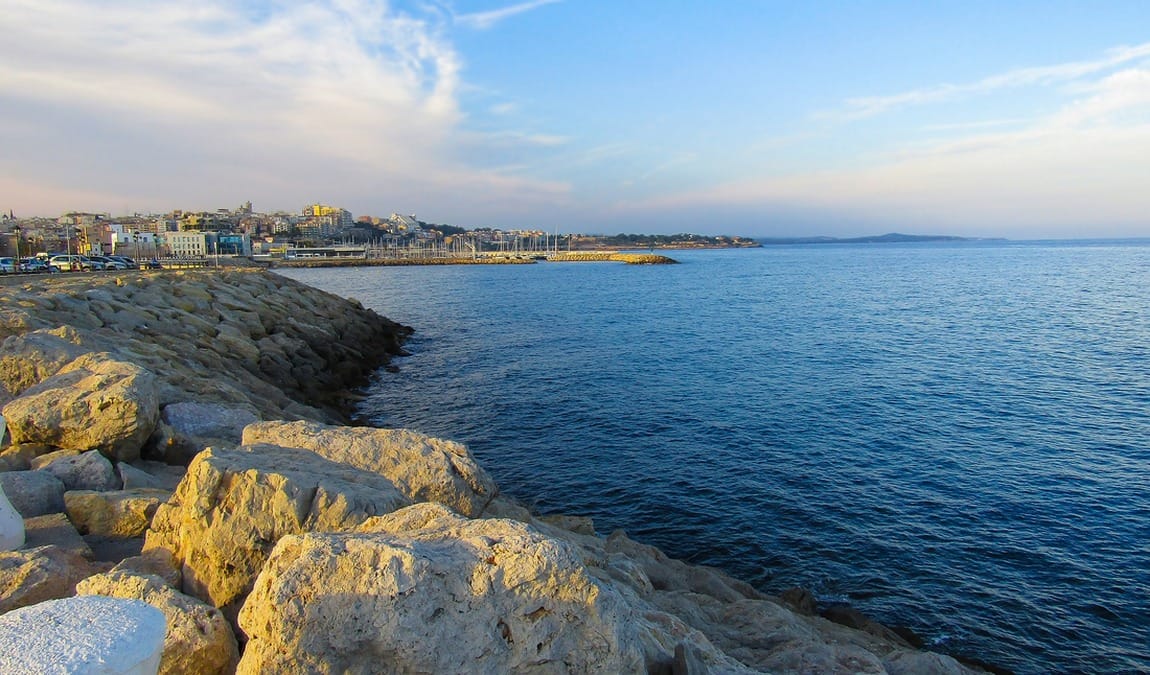
Photo: pixabay.com
Prices on the Costa Dorada in July are so high that Spanish holidays are not cheap. For food, they are kept at an acceptable level and are comparable with other European countries, but rent and travel agency services are not cheap. During the holiday season, it is in these categories that tourists spend the most.
Package Tours
July is the peak of summer holidays, when prices reach their maximum. In the second month of summer, on average, you must pay twice as much for a weekly trip than at the beginning of summer. The average cost of a package holiday in July is 1,000 euros for two people in a room.
Accommodation
July is one of many expensive months to live in during the summer season. In August, prices may rise by another 10-15%. On average, a hotel room in resort towns costs almost 150 euros per day, taking into account both the most expensive and luxurious rooms and the most budget apartments.
Airfares
The average air ticket price in July is not much different from other summer months: flights in June are slightly more expensive, and in August, they are 1–2% cheaper. The cheapest flight period is September-November, when tickets can be bought at a 5-10% discount compared to summer prices.
Food and Transport
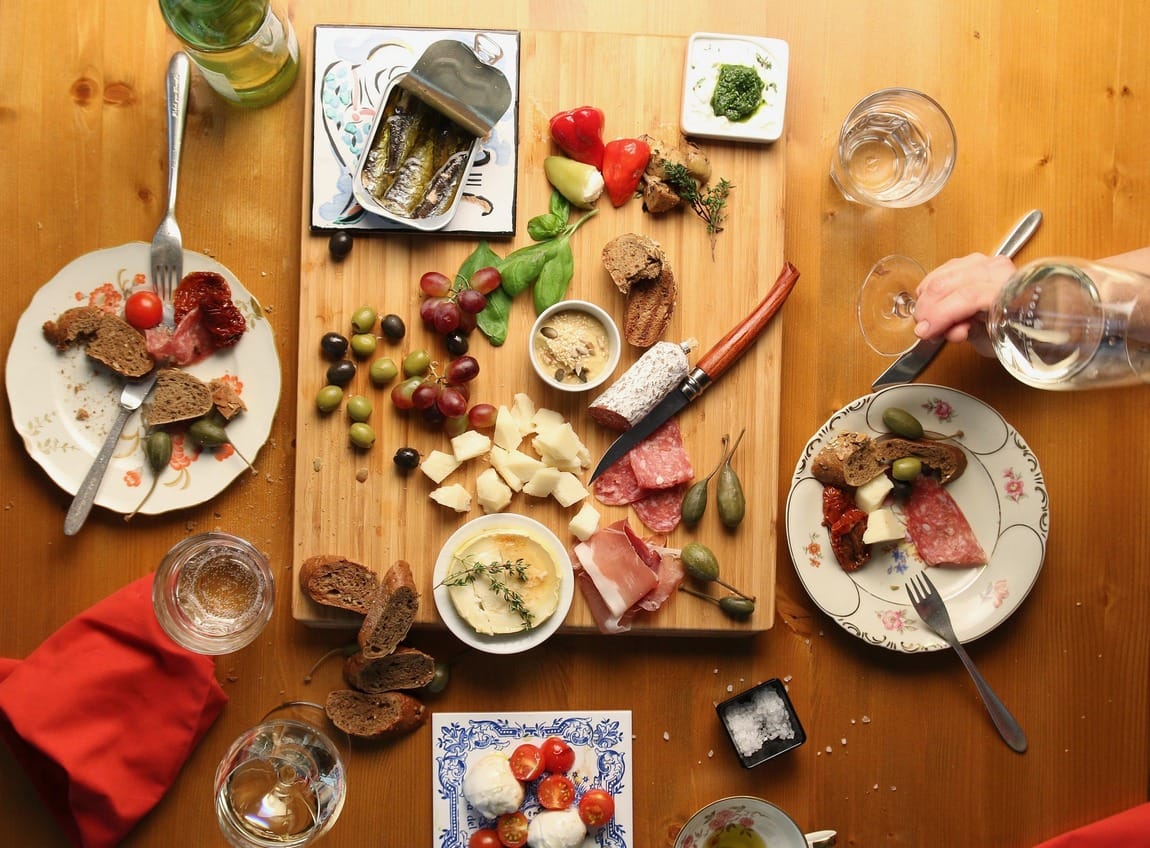
Photo: pixabay.com
A hearty continental breakfast in a cafe or restaurant costs min 10 euros, and lunches — from 15 to 25 euros. Dinners remain the most expensive item in the diet and cost min 20 euros, but if you only need to order one main course and a glass of wine for dinner, you can find an offer for 15 euros.
The fare in public transport reaches 2 euros per trip; at the same time, tourist buses charge 30 euros for two days of travel. The cost of group tours starts from 20 euros per person and reaches several hundred euros for individual tours.
- What to Eat in Spain — 48 Spanish Foods You Must Try
- Spanish Fruit and Vegetables — A Seasonal Guide
Tips for travelling with children
At the peak of the season on the Costa Dorada, you can find hotels with equipped children's areas and swimming pools, and in the cities themselves, there are playgrounds. On the beaches, there are often unique slides for children. In catering establishments, even if there is no children's menu, you can always choose the proper dish, but finding out how spicy it is will never be superfluous. The quality of drinking water is good. There are no problems with shopping in supermarkets, which offer a wide range of products without a break for a siesta.
The level of security on the coast is high, the Spaniards are tolerant of people of different nationalities, races or colours, and they are especially friendly to children. Unfortunately, the number of street thefts, including on beaches, and car thefts, is rising. Therefore, it is better to avoid carrying valuables and original documents.
Keep children away from direct sunlight and dehydration. The variety of beaches allows you to move from the busiest to the more secluded ones. Using this method, you can relax not only actively but also passively.
Be sure to go to the famous Port Aventura Park by buying a two-day ticket or for the White Night.
For children, there is a separate themed area to keep them entertained all day long. In water parks, rent inflatable circles for the descent (at least one single and one double) to avoid queues.
Only summer clothes will be helpful on the trip, and umbrellas for the rain will be extra. To save money, you can buy beach mats and sun umbrellas on the spot. Don't forget hats and sunscreen.
Summer is an unforgettable time on the Costa Dorada, with children and adults immersed in a carefree and joyful atmosphere. Despite the peak season, you can find great prices to holiday with the whole family, and the weather and sea are getting better every day. Read articles on Kidpassage about other resorts and seasons and choose the best for you and your children.



